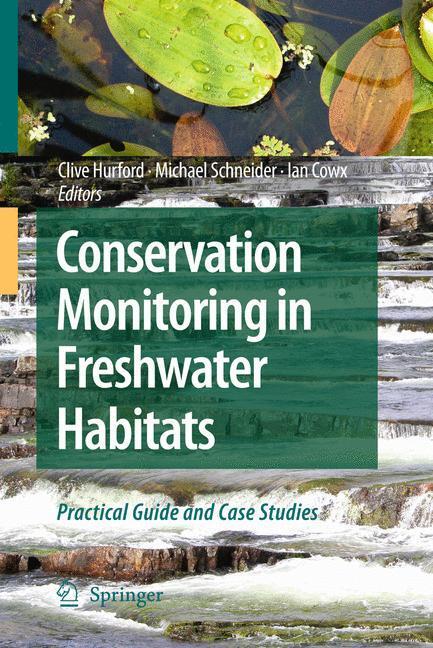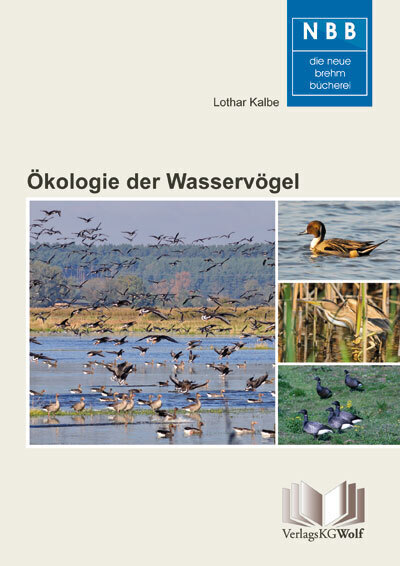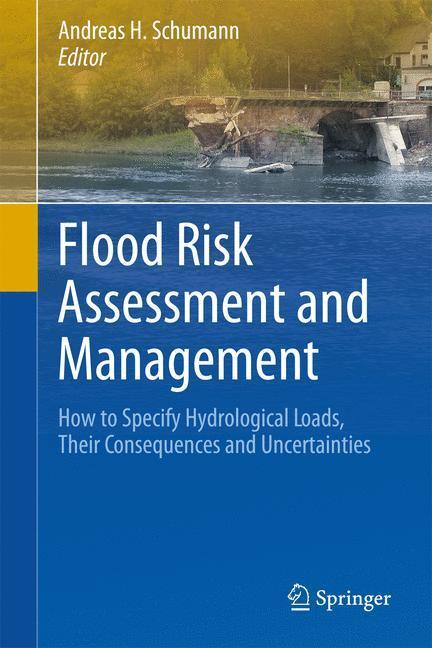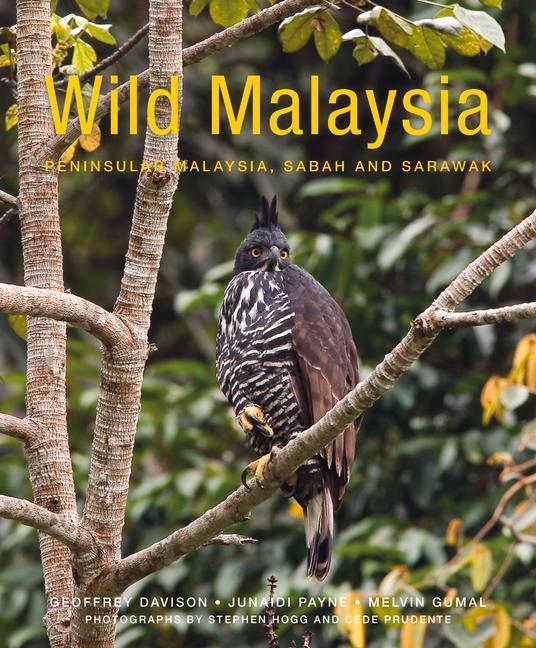166,95 €*
Versandkostenfrei per Post / DHL
Lieferzeit 2-3 Wochen
Highlights the need for clear conservation management goals, rarely considered in previous publications on freshwater monitoring, though fisheries are more familiar with the concept
Promotes the concept of integrated monitoring of biological conservation interest and water quality
Uses the results of field trials to draw attention to the shortcomings inherent in many existing monitoring projects
| Erscheinungsjahr: | 2009 |
|---|---|
| Fachbereich: | Ökologie |
| Genre: | Biologie |
| Rubrik: | Naturwissenschaften & Technik |
| Medium: | Buch |
| Seiten: | 432 |
| Inhalt: |
xv
415 S. |
| ISBN-13: | 9781402092770 |
| ISBN-10: | 1402092776 |
| Sprache: | Englisch |
| Herstellernummer: | 12543274 |
| Ausstattung / Beilage: | HC runder Rücken kaschiert |
| Einband: | Gebunden |
| Redaktion: |
Hurford, Clive
Cowx, Ian Schneider, Michael |
| Herausgeber: | Clive Hurford/Michael Schneider/Ian Cowx |
| Auflage: | 2010 |
| Hersteller: |
Springer Netherland
Springer Netherlands |
| Maße: | 241 x 160 x 31 mm |
| Von/Mit: | Clive Hurford (u. a.) |
| Erscheinungsdatum: | 21.12.2009 |
| Gewicht: | 0,89 kg |
Highlights the need for clear conservation management goals, rarely considered in previous publications on freshwater monitoring, though fisheries are more familiar with the concept
Promotes the concept of integrated monitoring of biological conservation interest and water quality
Uses the results of field trials to draw attention to the shortcomings inherent in many existing monitoring projects
| Erscheinungsjahr: | 2009 |
|---|---|
| Fachbereich: | Ökologie |
| Genre: | Biologie |
| Rubrik: | Naturwissenschaften & Technik |
| Medium: | Buch |
| Seiten: | 432 |
| Inhalt: |
xv
415 S. |
| ISBN-13: | 9781402092770 |
| ISBN-10: | 1402092776 |
| Sprache: | Englisch |
| Herstellernummer: | 12543274 |
| Ausstattung / Beilage: | HC runder Rücken kaschiert |
| Einband: | Gebunden |
| Redaktion: |
Hurford, Clive
Cowx, Ian Schneider, Michael |
| Herausgeber: | Clive Hurford/Michael Schneider/Ian Cowx |
| Auflage: | 2010 |
| Hersteller: |
Springer Netherland
Springer Netherlands |
| Maße: | 241 x 160 x 31 mm |
| Von/Mit: | Clive Hurford (u. a.) |
| Erscheinungsdatum: | 21.12.2009 |
| Gewicht: | 0,89 kg |












